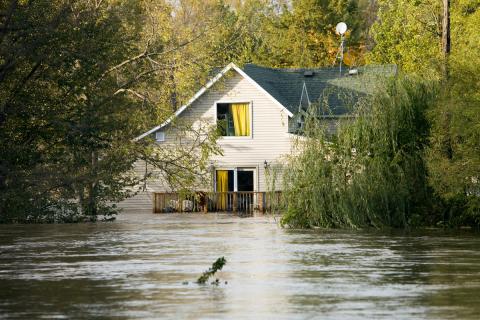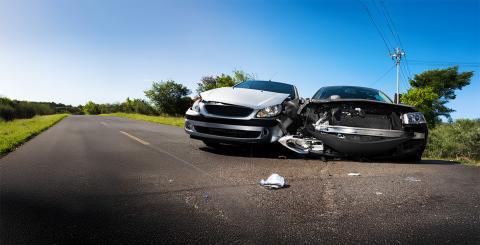What are the rules of the road in school zones?

According to a CAA survey, 64% of Canadians say they have witnessed speeding in school zones. This figure is a concern, because all motorists must help make our school zones safer by practising safe driving habits. To help keep our kids safe, here are five basic rules to follow in school zones.
1. I understand the purpose of safety zones for schoolchildren
As a motorist, always remember that a school zone is a kind of safety perimeter designed to protect schoolchildren. It is subject to specific signage standards and sometimes may include school corridor markings. Behaviour must be tailored to its particular role.
This zone is a circulation heavy traffic area, with parents dropping off their children at school, schoolchildren walking to school, school buses, cyclists, motorists passing through on their way to work, etc. In the frenzy of daily comings and goings, the zone reminds us that it is sometimes necessary to slow down!
2. I slow down when approaching a school zone
As soon as you notice the sign warning drivers of an upcoming school zone, get into the habit of slowing down immediately. Look for the yellow-green signs used to make these zones safe: the sign indicating the beginning of the zone, often accompanied by a speed limit sign and another sign indicating the end of the zone.
Note: Quebec’s Highway Safety Code sets the speed limit at 50 km/h. Certain cities are authorized by Ministère des Transports to have a 30 km/h speed limit in school zones. Speed is undoubtedly the most dangerous factor, to such an extent that fines for speeding in school zones have doubled since August 1, 2019.
3. I’m increasingly careful inside school zones
The utmost care is required inside a school zone. Avoid at all costs anything that can cause distractions while driving and pay close attention to all measures aimed at increasing children’s safety: ground markings indicating the walking paths for local schoolchildren, short-term parking signs around schools identifying spaces for buses and parents’ vehicles, signs for schoolchildren at locations without traffic lights or compulsory stops, etc.
Be sure to keep a close eye on children crossing streets. The Highway Safety Code requires you to comply with school safety patrol orders and signals, despite any signage to the contrary.
4. I know what to do around a school bus
Extra caution is also needed around school buses. As soon as you see four yellow lights, slow down and prepare to stop. When the flashing red lights and stop sign are deployed, you must stop your vehicle more than five metres from the bus, whether you are behind it or coming in the opposite direction. However, if a median strip or other road safety device separates the traffic lanes when you approach a bus, you don’t have to stop.
Failure to comply with these regulations can result in severe penalties, including the loss of nine demerit points and a fine. Depending on your driving licence status, this offence may even result in your licence being suspended due to the amount of demerit points you have. Any offence or suspension of your licence must be reported to your auto insurer.
5. I am prudent at all times
Always keep in mind the safety rules around schools, not just when school starts back up or during peak hours. Parking lots are particularly dangerous, even when you are picking up your child later from daycare, as children can be hard to spot between two cars.
Suffice it to say that a preventative approach is needed at all times. In light of the above, make sure you are well covered by an car insurance policy that meets your needs. Our damage insurance representatives are there for you to provide sound advice.
By following these five essential rules, you make school zones safer for children. And by practising safe driving habits wherever you go, you also help reduce the number of road accidents— which benefits society as a whole!




